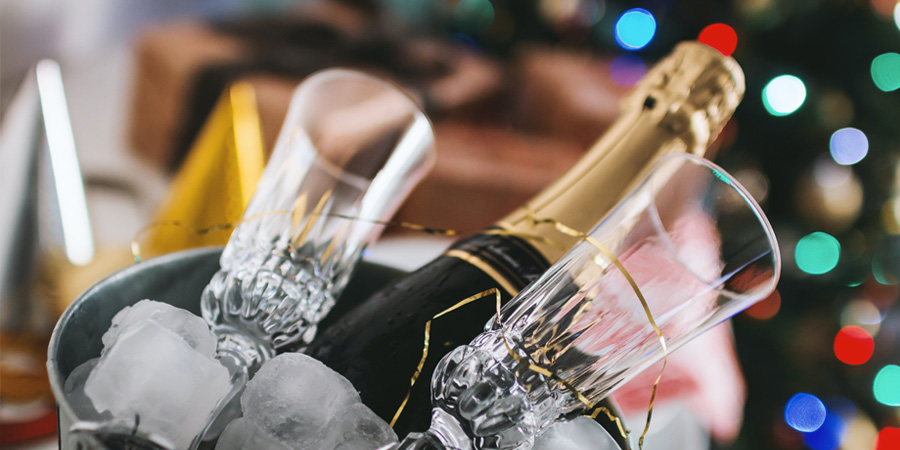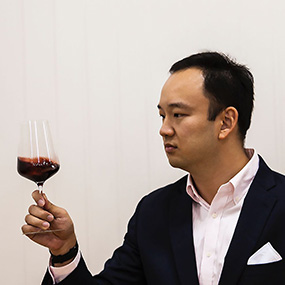If a rose by another name would smell as sweet, then it begs the question of whether anyone will smell the rose that bears another name. The great Italian sparkling wine Franciacorta bears many similarities to Champagne of France. Equal in price, grape varieties, and winemaking. Despite its name rings akin to Francia, Franciacorta has never shared any of the French fame. Consumers planning to buy a sparkling wine as a gift have gravitated towards Champagne.
For decades, the French had marketed an impression of a premium lifestyle. Its products resonate with finesse, elegance, luxury, and premium. Try to recall the traditional yum-seng (toasting) at the local Chinese weddings before the Covid-19 pandemic. Have you noticed that the Master of Ceremony uses the term Champagne to describe the sparkling wine the newlywed was popping?
Having emceed several weddings, I recognized there are almost no other words that would give the same level of prestige and glamour to the wedding couple. Even if the wine was really not Champagne, try imagining replacing the word Champagne with sparkling wine at yum-seng. Not so fancy anymore, don't you think?
Am I what I drink?
In 2020, Singapore imported more than five hundred thousand bottles of Prosecco and almost eight hundred thousand bottles of Champagne. To measure the social media response, I searched a wine consumers’ Facebook group for the number of meaningful posts in 2021 with keywords Prosecco, Franciacorta, and Champagne. The results are 3, 2, and 62, respectively. With just a 1.6 times difference in volume, Champagne was mentioned twenty times more in social media posts than Prosecco.
At this point, it became clear that people are just not willing to talk about nor see consuming Prosecco. A highly affordable product does not convey the luxury and premium impression on social media. Will Franciacorta face the same hurdle even if it grows to a similar export volume? For Franciacorta to swim against these odds and become mainstream, I shall list three points of Franciacorta so that you can talk confidently about it.
Noble background of Franciacorta
Franciacorta has no roots in Francia. Historical evidence showed a Benedictine abbey in the area was built in the eighth century by Desiderius, the later-King of the Lombard. In the centuries that followed, the monastic order worked extensively to manage the land and the vineyards.
Five centuries later, a tax-exemption title, Curtes Francae, was granted to this area. It was believed that the ancient name of Franzacurta was derived from this tax-exemption status before it became Franciacorta.
In the 15th and 16th centuries, Girolamo Conforti and Augustino Gallo wrote about sweet fizzy wines made in Franciacorta that were served on the tables of aristocrats. This proved that the region had been known for its wines even though they do not share entirely similar attributes as modern-day Franciacorta.
The rise of Chardonnay and Pinot Nero
During the 18th and 19th centuries, French varieties were introduced to Franciacorta by Napoleon’s soldiers. And the arrival of phylloxera, oidium and Peronospora in the late 19th century destroyed a vast number of indigenous varieties. With the continental climate moderated by Lake Iseo, Chardonnay and Pinot Nero (Noir) flourished, making Franciacorta one of the most notable Italian regions for Bourgogne varieties.
Today, Chardonnay accounts for 80 per cent of the Franciacorta planting, covering an area of 2400 hectares. Pinot Nero takes second place at 15 per cent with the rest being Pinot Bianco.
If rarer is better, pick Franciacorta
Franciacorta (3,229 hectares) is ten times smaller than Champagne (34,300 hectares). In terms of volume, it sold 15.6 million bottles compared to Champagne at 244.1 million bottles. And finally, Franciacorta exports 11% of its production, whereas Champagne exports 20%. It means that a bottle of Franciacorta outside of Italy is rarer than a Champagne outside of France.
If drinking a dosage-free Champagne makes one feel more gung-ho then there are plenty of Brut Nature Franciacorta to go around. Even without added sweetness, Franciacorta offers more fruity aromas and flavours without losing the mineral notes and energetic acidity.
So, if you want to have a wine story to tell for this Christmas, remember the above points and pop a bottle of Franciacorta. Let the bubbles stream as you savour one of Italy’s finest.
Our panel of experts are passionate and deeply knowledgeable in their area of interest. They are among the most respected names in the industry. We are proud to share the passion on One Cellar platform and would love the knowledge to be accessible by more. Continue reading Academy Profile for more information or visit www.winexin.sg directly and find out a course that interests you the most.




